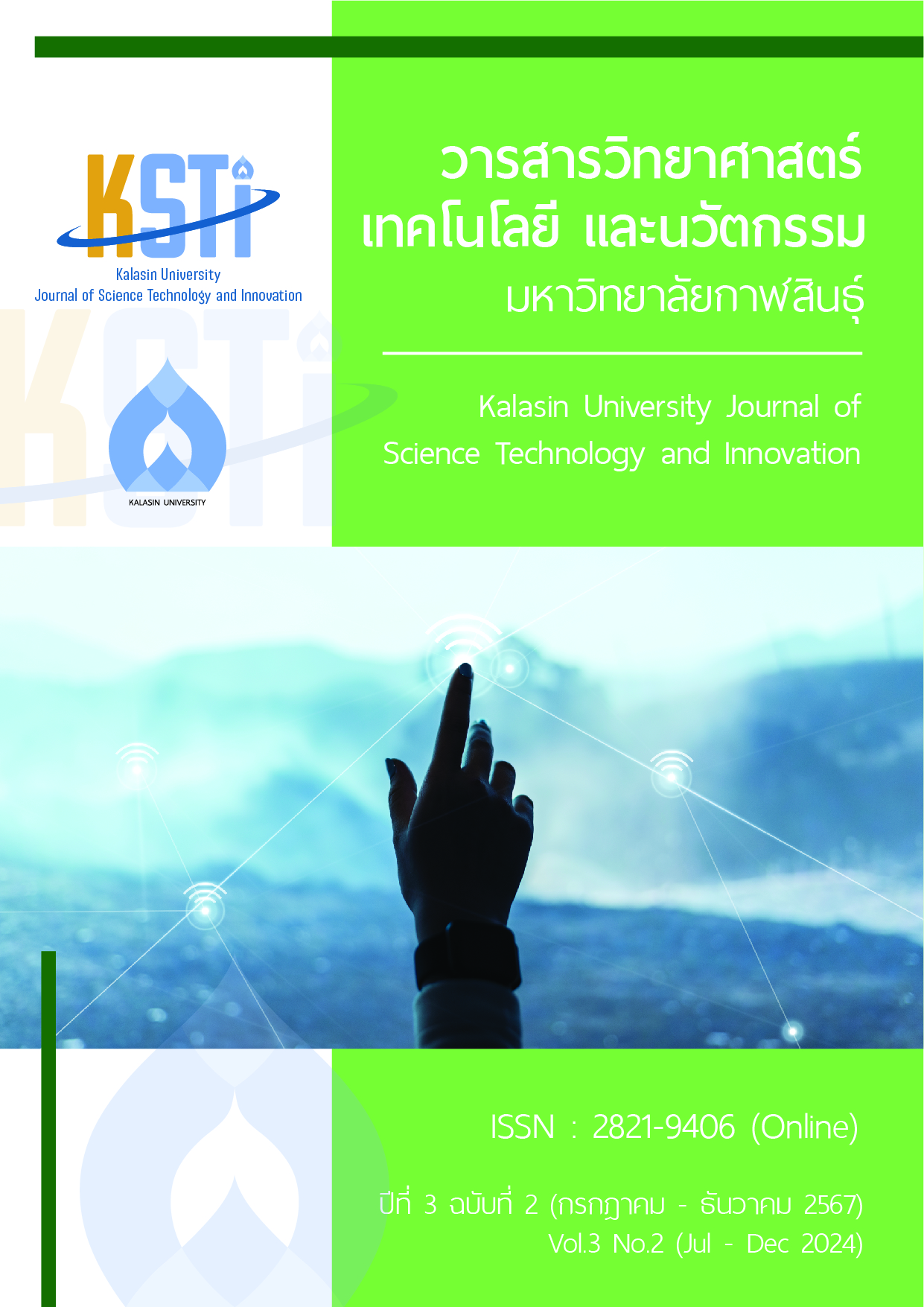Physics and Mathematics of Football Motion in Air: Parabolic Trajectory and the Magnus Effect from Free Kicks
Main Article Content
Abstract
This article presents a study on free kicks in football, employing principles of physics and mathematics to analyze and explain effective free-kick techniques. The content covers various types of free kicks, signals and directions of the kick, as well as controlling the trajectory of the football during a free kick. Additionally, the study applies the parabolic motion equation, projectile motion, and the Magnus effect, which influences the ball’s trajectory in the air, along with the laws of rotating objects. These concepts aim to enhance understanding of the mechanics of free kicks and improve performance in both training and competition. The findings of this study will be beneficial for football players and coaches in applying scientific principles to enhance free-kick skills effectively.
Downloads
Article Details

This work is licensed under a Creative Commons Attribution-NonCommercial-NoDerivatives 4.0 International License.
The owner (Research and Development Institute, Kalasin University), the authors agree that any copies of the article or any part thereof distributed or posted by them in print or electronic format as permitted will include the notice of copyright as stipulated in the journal and a full citation to the final published version of the contribution in the journal as published by Research and Development Institute, Kalasin University.
References
Alcock A. Analysis of direct free kicks in the women's football World Cup 2007. European Journal of Sport Science. 2010 ; 10(4) : 279-84.
Barber S, Chin S, Carré M. Sports ball aerodynamics: a numerical study of the erratic motion of soccer balls. Computers & Fluids. 2009 ; 38(6) : 1091-100.
Brancazio PJ. The physics of kicking a football. The Physics Teacher. 1985 ; 23(7) : 403-7
Bray K, Kerwin D. Modelling the flight of a soccer ball in a direct free kick. Journal of sports sciences. 2003 ; 21(2) : 75-85.
Cross R. Standing, walking, running, and jumping on a force plate. American Journal of Physics. 1999 ; 67(4) : 304-9.
De Mestre N. The mathematics of projectiles in sport: Cambridge University Press ; 1990.
Gay T. Football physics: the science of the game: Rodale Books ; 2004.
Goethals J, Seidel J. The football. Geometry and Combinatorics: Elsevier; 1991. p. 363-71.
Hall JP, Barton C, Jones PR, Morrissey D. The biomechanical differences between barefoot and shod distance running: a systematic review and preliminary meta-analysis. Sports Medicine. 2013 ; 43 : 1335-53.
Hall SJ. Basic biomechanics. (No Title). 1995.
Javorova J, Ivanov A, editors. Study of soccer ball flight trajectory. MATEC web of conferences ; 2018: EDP Sciences.
Mehta RD. Aerodynamics of sports balls. Annual Review of Fluid Mechanics. 1985 ; 17(1) : 151-89.
Teachers AAoP. American Journal of Physics: American Association of Physics Teachers ; 1999.
Wesson J. Football physics. Physics world. 2002 ; 15(5) : 41.
Wieman C, Perkins K. Transforming physics education. Physics today. 2005 ; 58(11) : 36-41.

